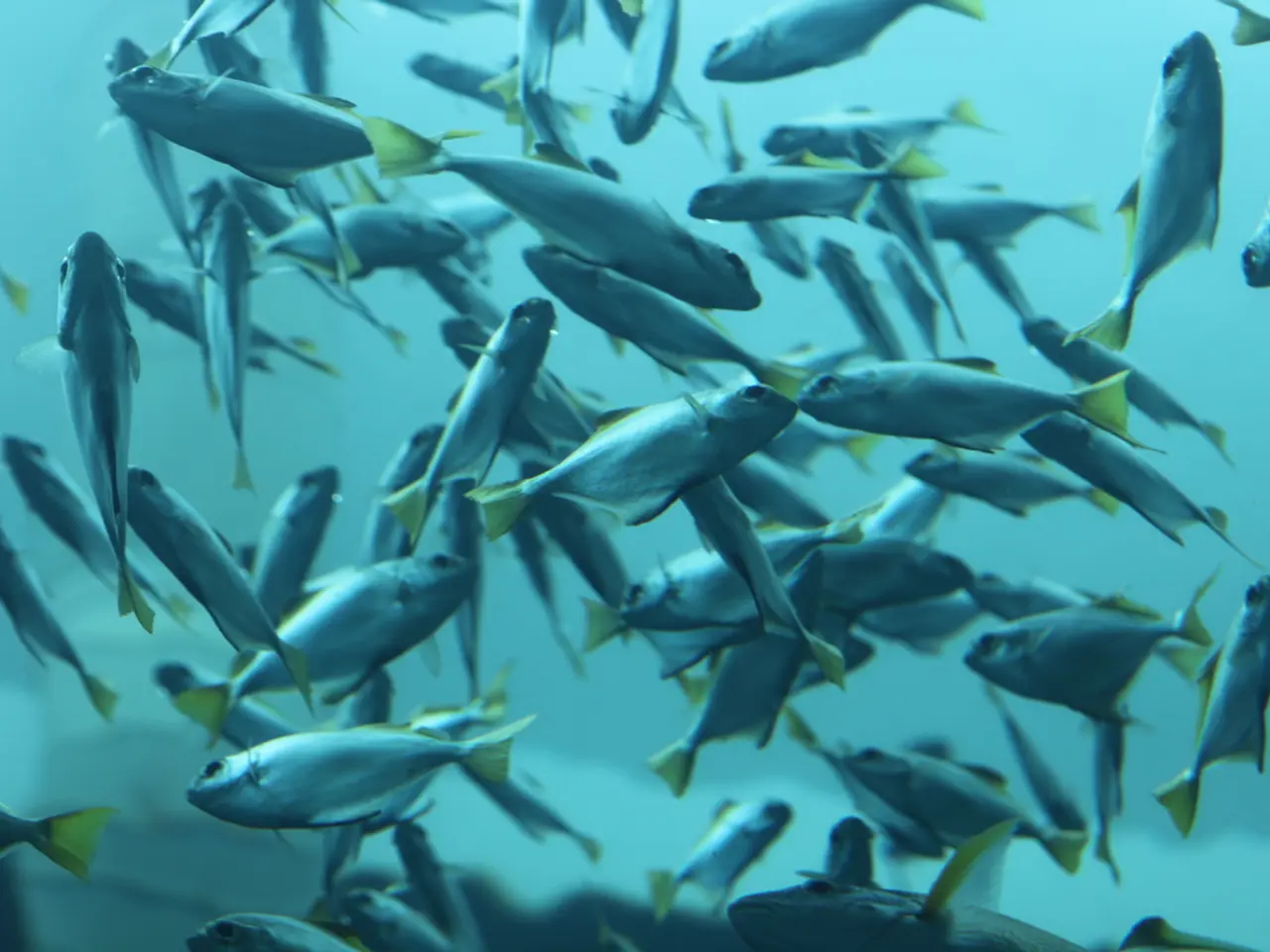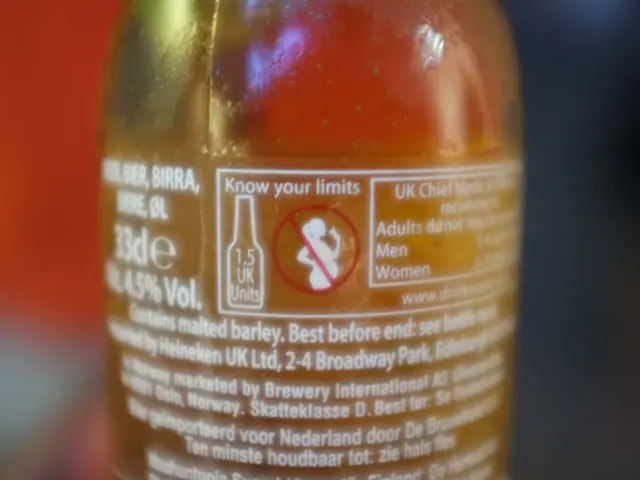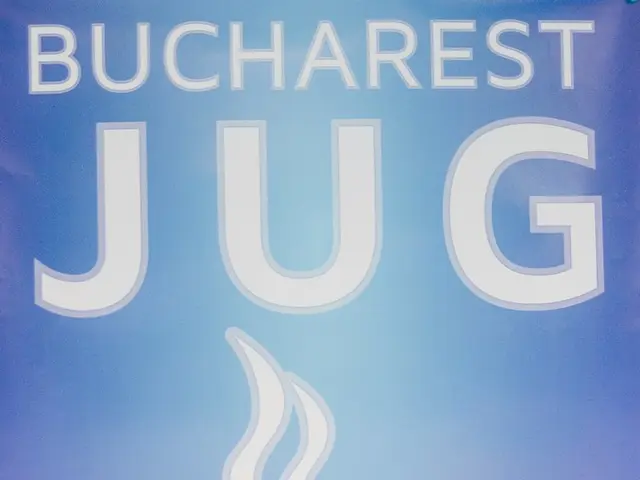Wupper River Authority: Aquatic environments for fish in the Wupper waterway
In the heart of Bergisches Land, the Wuppertal-Beyenburg hatchery, run by the Bergischer Fischereiverein 1889 e.V., nurtures young salmon fry. This is a significant step in the river's journey towards recovery, a journey that began decades ago.
Once considered fishless, the Wupper river basin now hosts a variety of fish species, including trout, grayling, barbel, salmon, sea trout, and pike. The return of these aquatic creatures to the Wupper is a testament to the river's resilience and the efforts of conservationists over the years.
The Wupper's history, however, is not without challenges. From the 19th century, the river became severely polluted due to growing population and industry, earning it the ominous nickname, the "black river." By the 1830s, the last salmon was spotted in the Wupper.
But progress has been made. The expansion of wastewater treatment plants by the Wupper Association has significantly contributed to the improvement of the Wupper's water quality. Obstacles like smaller weirs have been removed to make the Wupper navigable for fish, and large stones have been placed to change flow speed and provide protective spaces for fish.
Around 30 different species are native to the Wupper river, including fish and lampreys, such as salmon, grayling, brook, and river lamprey. Fish ladders have been built to aid fish navigation, and projects for renaturation and natural watercourse development are implemented in cooperation with municipalities, property owners, and companies along the river.
The Wandering Fish Program of the state of North Rhine-Westphalia is working to re-introduce salmon in Wuppertal. Volunteer members of fishing clubs also support the targeted settlement of fish in the Wupper. One such hatchery is the salmonid hatchery at the Auermühle in Leverkusen-Schlebusch, which promotes species conservation efforts.
The improvements in the Wupper's water quality have been achieved through the efforts of municipalities, industry, and the Wupper Association. Around 13 km of the Wupper's flowing stretch in the city of Wuppertal has been designed in a natural way. As a result, the Wupper is no longer the "black river" of old, but a river teeming with life, a testament to the power of conservation and the resilience of nature.
Read also:
- Nightly sweat episodes linked to GERD: Crucial insights explained
- Antitussives: List of Examples, Functions, Adverse Reactions, and Additional Details
- Asthma Diagnosis: Exploring FeNO Tests and Related Treatments
- Unfortunate Financial Disarray for a Family from California After an Expensive Emergency Room Visit with Their Burned Infant








